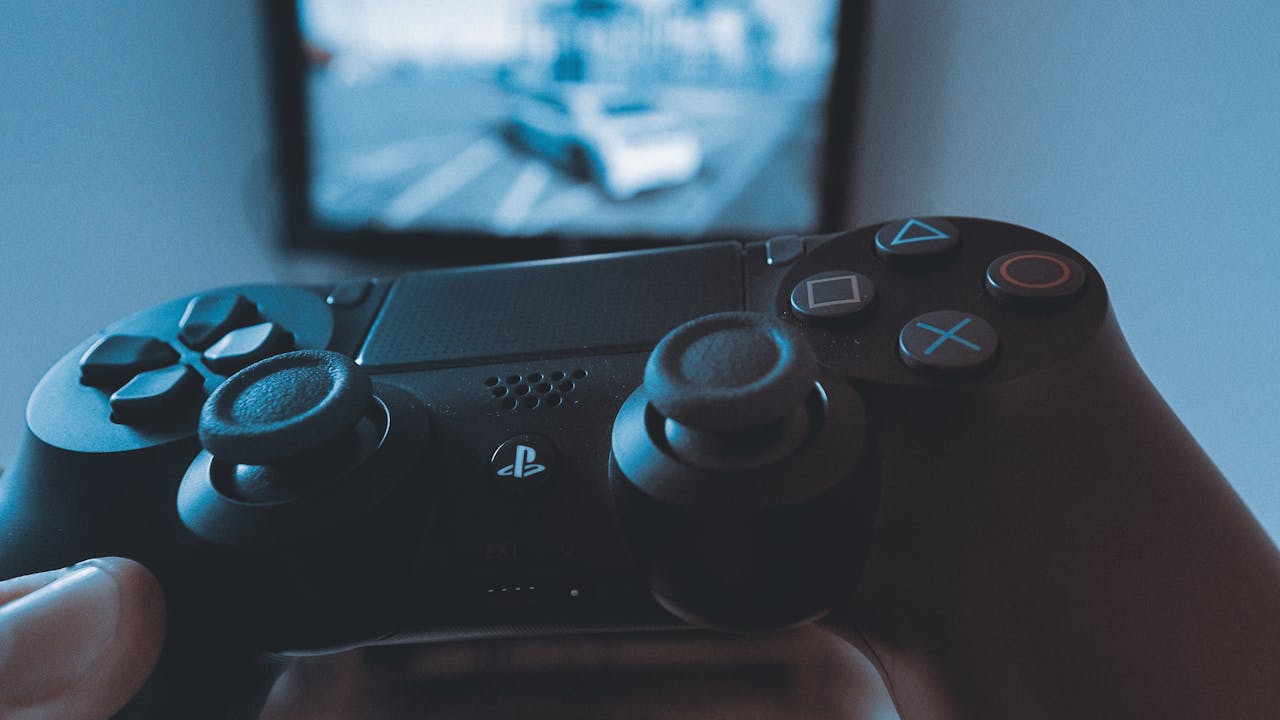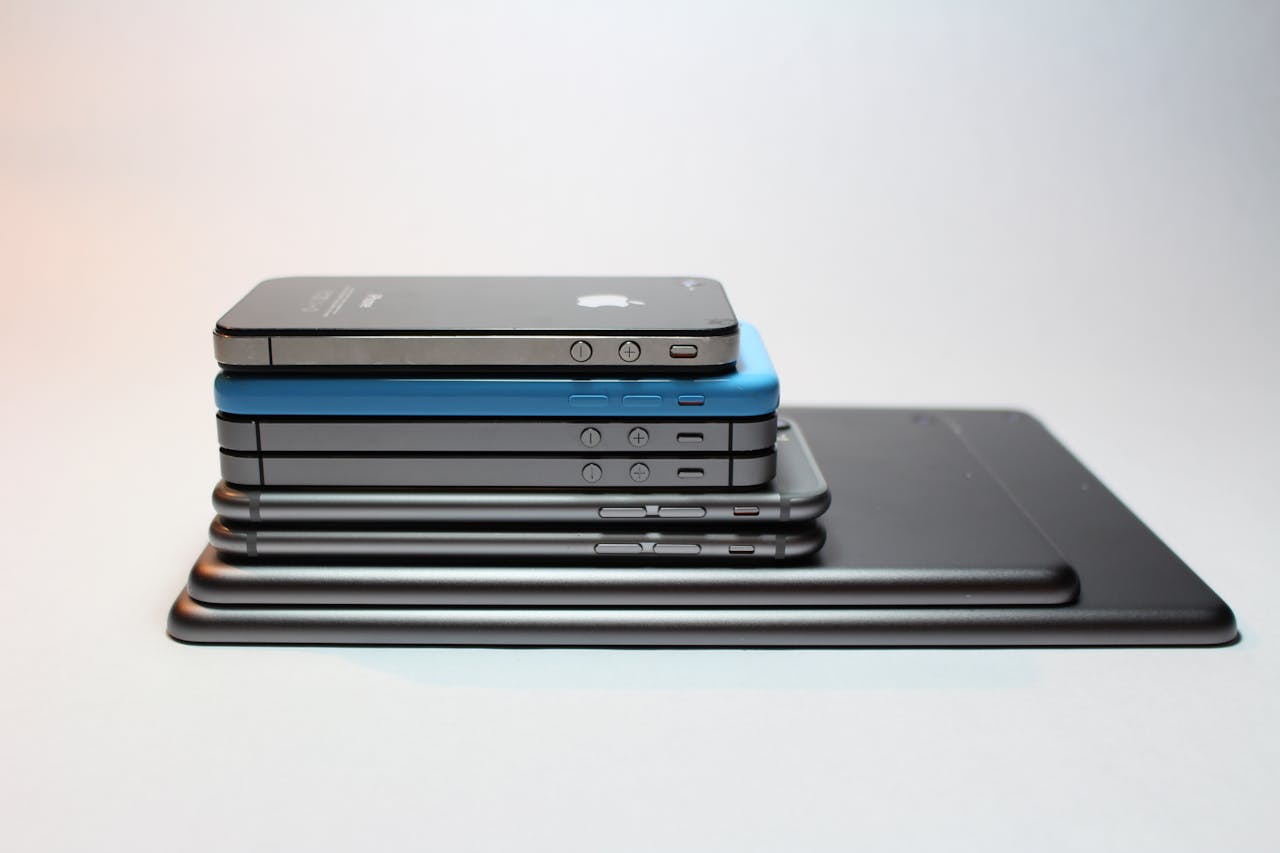Influencer Marketing continues to grow in importance.
The annual Launchmetrics State of Influencer Marketing Report at the end of last year was clear: 88 percent of industry professionals found influencer marketing strategies to effectively raise brand and product awareness. But the world of influencer marketing isn’t all big names and six-figure follower counts: firms have a choice between macro and micro-influencers, and they may be overlooking the power of the latter.
If macro-influencers are characterized as individuals with follower counts between 10,000 and 1,000,000, micro-influencers tend to start out at the 1,000 mark. On both levels, influencers are able to cultivate connections and trust with their audience; partner with an influencer, and you expect to partner with an engaged audience with often specific tastes and needs.
Indeed, influencer marketing is hardly synonymous with celebrity endorsement. There are often overlaps when it comes to big brands like Pepsi and Nike, yes, but for small and midsize businesses, a celebrity endorsement is not just out of reach- it is also likely to be completely unnecessary. Enter the micro-influencers.
Take, for example, the case of an e-commerce website selling women’s fashion, makeup and footwear. With a generous marketing budget, the team seeks out a celebrity for a $50,000 Instagram post about the website’s wares in the hopes that it brings in a host of new customers. The targeted celebrity has tens of millions of followers, so why not?
The reality, however, is not so simple: 90 percent of the celebrity’s fans follow her on Instagram for reasons not related to product suggestions. Worse still, a recent study has shown that the number of followers is typically inversely proportional to engagement as far as social media is concerned. The e-commerce marketing team has wasted its money.
Enter micro-influencers: not your typical celebrities or public figures, these users tend to specialize in a particular subject or interest and have built a following based on their niche. They may have fewer followers than, say, a Kardashian, but their following is hyper-engaged.
A post costing between $100 to $1000 might only reach 3,000 followers, but you can reasonably expect the vast majority of this following to take a micro-influencers’ endorsement seriously. Some, if not most, micro-influencers are happy to partner with their favorite brands in exchange for free products and a shout-out. The micro-world is your oyster.
Brand giant Unilever is just one firm taking notice of the value of micro partnerships, with a tribe of micro-influencers coming out in force in the summer as part of a campaign to market its margarine brand Stork. With 21 accounts selected via grassroots sourcing, users posted images of the product to their own Instagram accounts; 436,000 followers saw the images over five weeks, at a cost per engagement of a mere 21 cents.
For context, 40 cents per engagement is typically considered good value. Indeed, the rise of micro-influencers cannot be ignored, and marketing teams looking to make their budgets work smarter would be wise to think small in the coming year.
Marketing To Gen Alpha: How Brands Can Win Over The Next Generation
Public relations strategies for gaming platforms need a fresh approach to connect with Gen Z and...
The Importance of Mobile-First Strategies: A Complete Guide
Mobile internet usage continues to dominate the digital landscape, with over 60% of web traffic...
The Impact of Digital PR on Health Tech Growth: Building Trust and Visibility in a Complex Market
Digital PR stands as a defining force in health technology's rapid advancement and adoption....




